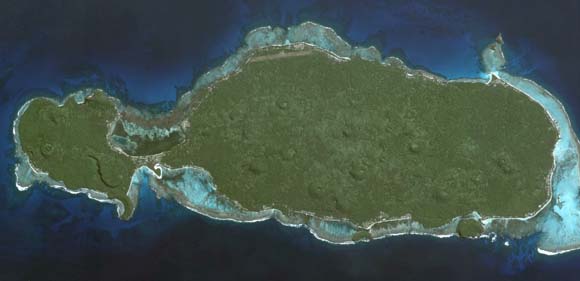3D2R operators very loud on 20M CW this morning. I was pleased to make the ‘trip’ there for DXCC 300!
Rotuma is a Fijian dependency consisting of Rotuma Island and nearby islets. The island group is home to a small but unique indigenous ethnic group which constitutes a recognizable minority within the population of Fiji, known as “Rotumans“. Its population at the 2007 census was 2,002, although many Rotumans live on mainland Fijian islands, totaling 10,000.
These volcanic islands are located at 12°30′42″S 177°51′9″E, 646 kilometres (Suva to Ahau) north of Fiji. Rotuma Island itself is 13 kilometres long and 4 kilometres wide, with a land area of approximately 43 square kilometres. The island is bisected into a larger eastern part, and a western peninsula, by a low narrow isthmus only 230 meters wide, the location of Motusa village (Itu’ti’u district). North of the isthmus is Maka Bay, and in the south Hopmafau Bay. The bays are full of coral reefs, through which there are boat passages.



